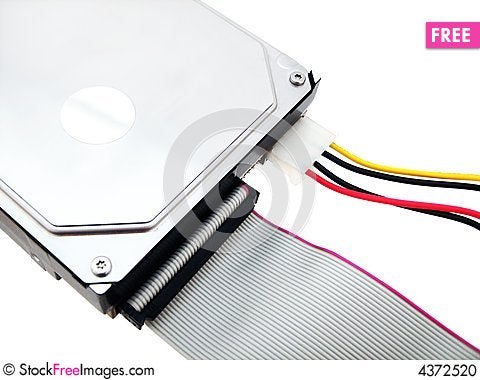One
of the most common reason for unusual behavior on the Mac can be a
corrupt preference files. This type of corruption occurs when a
program doesn't tends to open or crashes frequently.
Preference files store all kind of application-specific information,
everything from browser's home page, your default mail font settings,
and even something you might have not imagined like your shortcuts
kept in Finder sidebar. You can find preferences files by following the written path.
[Your
Home Folder]/Library/Preferences for
the associated file
After
finding the corrupt preference file, usually one must delete them.
The next time you launch that fussy application, it’ll recreate a
default version of that file and hence your problem will be resolved.
If
the problem isn't resolved by that, you can put the old preference
file back where you got it so that all of its customized option of
that program will return. Another important thing to know is that
some preference files live within the /Library/Preferences
folder at the top level of your hard drive, but you’ll need
to be a bit more careful around them. Preference files stored in that
location can affect all users of your machine. If still the problem
prevails after deleting the file then you can restore those files if
they are unable to fix the problem in same scenario.
One
should always create Backup of Preference files!!!

Its
very important to take backup of your preferences files including
your keyboard shortcuts to import/export, preset plugins
and your editing program. Without the proper preference file
in place an experienced editor's productivity can completely
disappear. This brings me too the focus of the article.
Before
discussing about the importance of the Preference file it is very
important to understand exactly what these files contains. The
content of these files vary from program to program, every preference
file contains the program setting and general preferences.
Preferences files may also contains presets for new files which are
user defined modification. Presets save a great amount of time.
Setting them up properly for the first time would definitely, Create
something that user want to keep around always.

Preference
files sometimes contains effect and style settings, plugins. This
means, there is a good chance that any custom work-space, column and
window layouts are backed up for you.
How
to Take Backup!!!!!!
You
can take backup of your preference files in several ways:
- One way to backup your preference file, is of course, to do it manually . You can explore the finder to make copies of appropriate files and stick them on to an external drive.
- If you don't want to scroll or browse much then Preference Manager is a simple way to backup your preference file .
Preference
Manager works with a variety of different programs. Supported
programs include Final Cut Pro, Final Cut Pro X, Avid Media Composer,
Avid Symphony, Adobe Premiere, Adobe After Effects, and many more.
Whether your computer dies, your preference files become corrupted or
you just need to work on a different computer, having a backup of
these important files can be a lifesaver for your editing
productivity.

